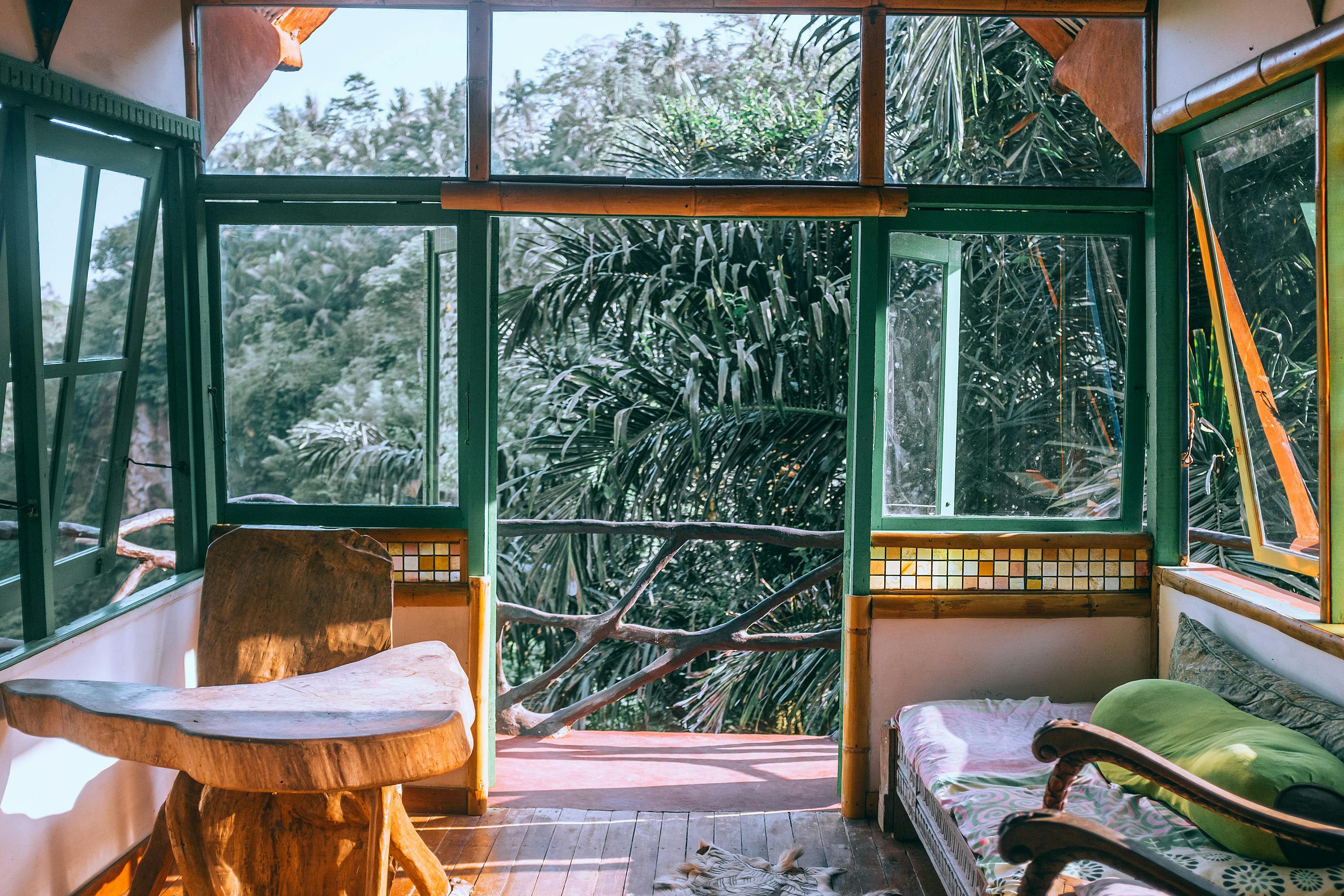What do you know about acid rain?
When you think of acid, you may think of burns and toxic chemicals. But when it comes to rain, acid rain isn’t what you’d expect. Read on to learn more about acid rain, including whether or not it’s safe to drink.
common causes
Acid rain, also known as acid deposition, becomes acidic as a result of exposure to air pollution. Some air pollution is caused by natural sources, such as volcanoes. Additional causes include vehicles, heavy equipment, manufacturing, oil refining, and other industries.
But the most common cause of this type of air pollution is the industrial burning of coal and other fossil fuels to generate electricity, which produce waste gases containing harmful sulfur dioxide (SO2) and oxides of nitrogen (NOX). When these sulfur and nitrogen oxides combine with water and oxygen in the air, they form acids.
What is acid deposition?
The acidity and alkalinity of water are represented as a pH value, which is measured on a scale from 0 to 14, with 14 being the most alkaline, 7 being neutral, and 0 being the most acidic. Rain is considered “acid rain” when it has a pH level between 4.2 and 4.4.
According to the United States Environmental Protection Agency (EPA), acid deposition can include rain, snow, fog, hail, and even dust. At high levels, it can harm plants, landscapes, and the environment in general. But in moderation, acid deposition is not a cause for concern.
You see, most regular rain has an average pH of 5.6, which makes it slightly acidic. This is the result of the reaction between water and carbon dioxide in the air, and is not dangerous to humans, living organisms, or plants. After all, if you think about it, drinking water is usually not pH neutral as it retains dissolved mineral content. This means that most acid rain is probably safe to drink, although it is not recommended.
drink rain water
In terms of drinking rainwater, you can safely do so by first boiling and filtering it. Boiling rainwater will remove any harmful pathogens, while filtering it will remove additional unwanted impurities such as chemicals, dust, pollen, mold, and other contaminants.
When collecting rainwater for drinking, it is best to collect it directly from the sky in a clean barrel or bucket. Just be sure to position your collection barrel so that it’s not in the way of tree branches and other structures it might leak from. Also, let the water sit for at least 1 hour to allow any heavy particles to settle to the bottom.
